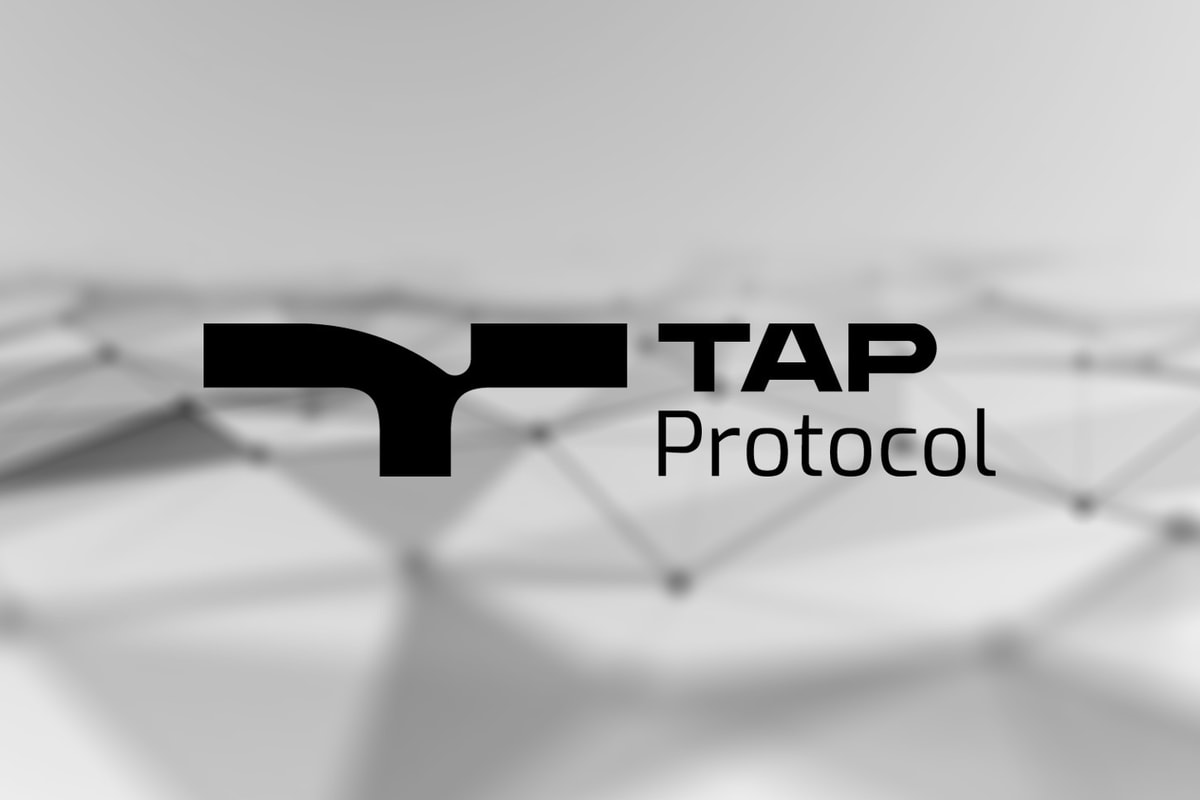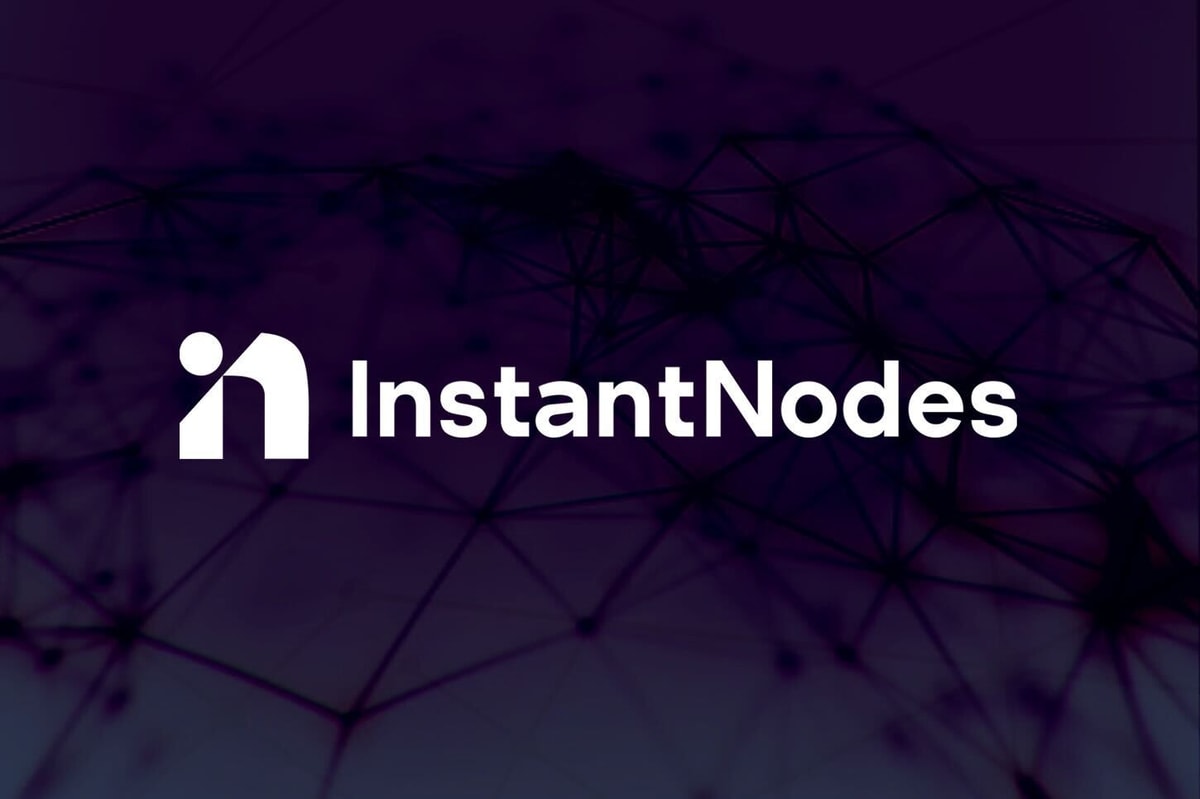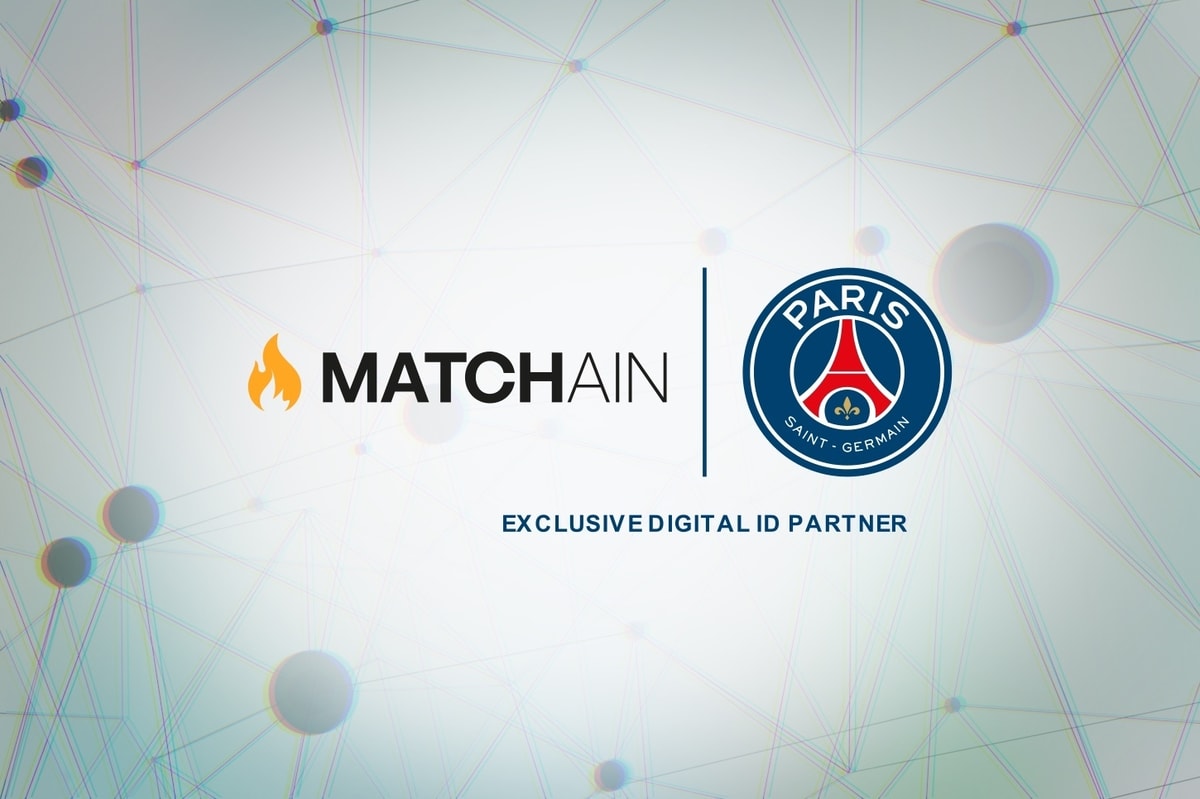A few days ago, Epik Protocol’s official website was updated to announce that the project was fully upgraded. Epik Protocol, as one of the projects in the Filecoin ecosystem, has attracted much more attention from users. To make full use of the decentralized storage solution, Epik integrates Filecoin’s technical advantages to build a Filecoin layer-two storage network. Today, let’s expand on the official statement. We will include two topics:
- Epik knowledge graph delivers effective data for Filecoin.
- The significance of the layer-two network.
Epik knowledge graph delivers effective data for Filecoin
Based on a decentralized storage network, Filecoin’s vision is to store the most important information, which is a common goal shared by Epik: to build an eternal human knowledge base.
Epik is a secure and trusted knowledge graph collaboration platform where users build and share the decentralized platform, which offers common benefits for everyone.
Knowledge graphs are well-known for building artificial intelligence. Introduced by Google in 2012, knowledge graph — the basis of AI — is the key technology that transforms AI from perception intelligence (text recognition, image recognition and voice recognition) to recognition intelligence (knowledge-data dual drive, cognitive inference and decision intelligence).
Epik will upload the essence of high-quality knowledge graphs to the Filecoin network to enrich the storage of useful data on the Filecoin network.

EpiK official website: https://www.epik-protocol.io
The layer-two network — the high-frequency storage of small bin-log files is enabled
Two points are noted:
- The collaborative relationship between Filecoin and Epik.
- Permanent storage.
Firstly, the Layer2 network is built for large file transfers on Filecoin. On the one hand, files stored on the Filecoin network are mainly large files, while small bin-log files are uploaded by knowledge graph experts. Uploading these small files will consume too many TPS, giving a poor user experience. As a network specialized for high-frequency small file storage, Epik layer-two updates KG data in real time and keeps the integrity of the Filecoin network data.
On the other hand, the small KG file is designed as per the tamper-proof mechanism of blockchain encryption — users are allowed to update data but without the permission to delete anything. KG small files are log files. Similar to the screen-recording function in the Dota game, reviewing historical games requires reading saved files, but it’s very time-consuming when reading sequential log files.
Therefore, the Epik network encourages users to organize small file snapshots into large files for Filecoin storage. Thus, users are able to obtain data by accessing large files once and replaying the log files without reading each small file. Meanwhile, rewards will be granted to users who upload screenshots by the Epik Foundation.

Epik Protocol tech architecture
Secondly, the layer-two network is built for permanent storage. The ultimate goal of Epik is to build an eternal human knowledge base. The layer-two network will accomplish this by applying decentralized storage that enables the persistent cache of KG data.

Epik Protocol roadmap
The KG construction requires massive work. Built and shared by everyone, Epik broadens AI recognition by transforming accumulated human knowledge into knowledge graphs. Weak AI is subsequently evolved into strong AI.
Telegram: https://t.me/EpikProtocol.











